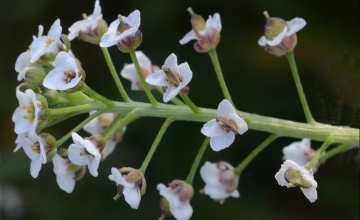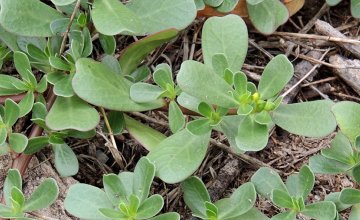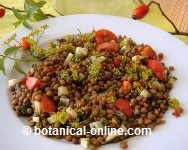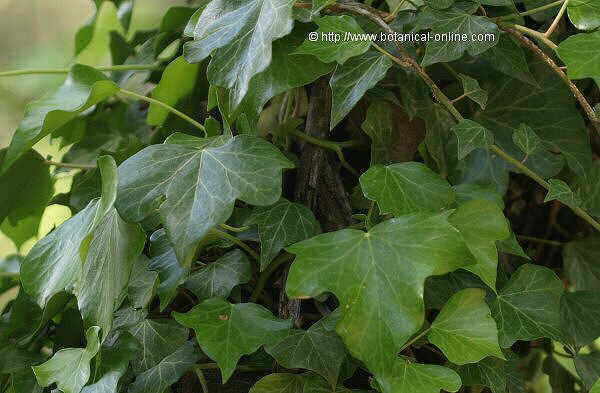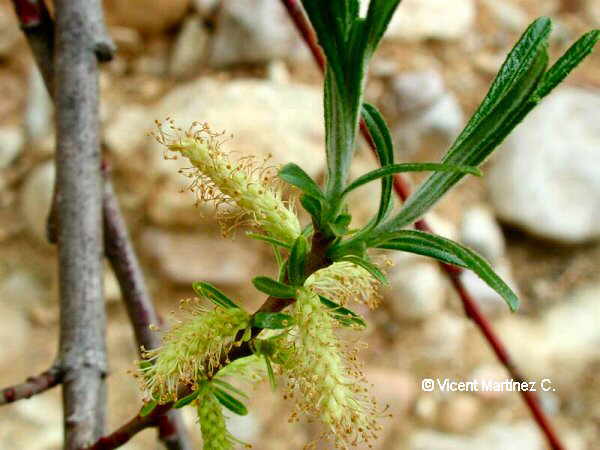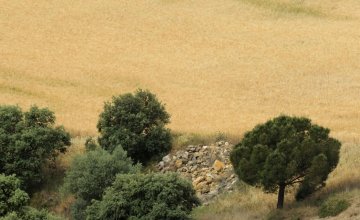Contents
What is a cassia plant?
Characteristics of cassia (Cassia angustifolia)
Common name: Cassia, Alexandrian Senna, Egyptian Senna, Tinnevelly Senna, East Indian Senna
Scientific name:
- Cassia acutifolia Delile, Cassia orientalis Pers., Senna acutifolia Batka, Cassia Senna L.; Senna alexandrina Mill.; Cassia lanceolata Forssk.
- Cassia angustifolia (East Indian Senna)
Some authors consider that the two previous species are, in fact different varieties of senna. Other authors prefer to consider them different species. It seems that Alexandrian Senna has stronger properties than that of India, for its higher content of active ingredients. In any case, preparation from “senna leaves” are usually a mixture of the two varieties or species.
Family. Fabaceae
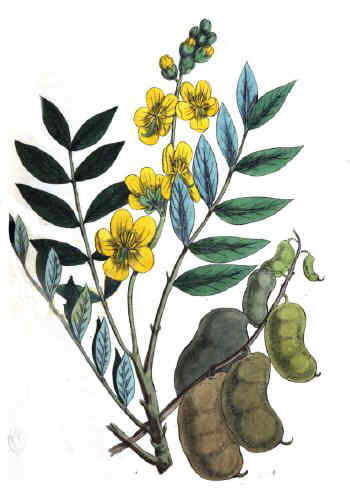
Habitat: It grows naturally in tropical countries in Africa and India. You can see plenty on the banks of the Nile and in the region of Nubia (very arid region of Northwest Africa). It is grown especially in Egypt and Sudan.
Description of cassia
Perennial bush, a little more than half a meter tall, with sticky texture and characteristic odor.
Stem: erect, smooth, light green.
Leaves compound with 4 or 8 pairs of leaflets oblong or lanceolate with strong ribs on the underside, almost sessile, yellowish green.
Yellow flowers, gathered together in terminal clusters, long fruit (a legume), grayish brown, dehiscent, about 2 cm wide and 4 to 7 long, very flat. It usually contains about 6 seeds.
Components of cassia
- Anthraquinones
- Flavonoids
- Resins
- Tannins
- Mucins
- Malic Acid
- Tartaric acid
Traditional use: Senna leaves have traditionally been used as a major resource for the treatment of constipation. This plant is still the most widely used in Africa for this purpose.
![]() More information on cassia
More information on cassia


